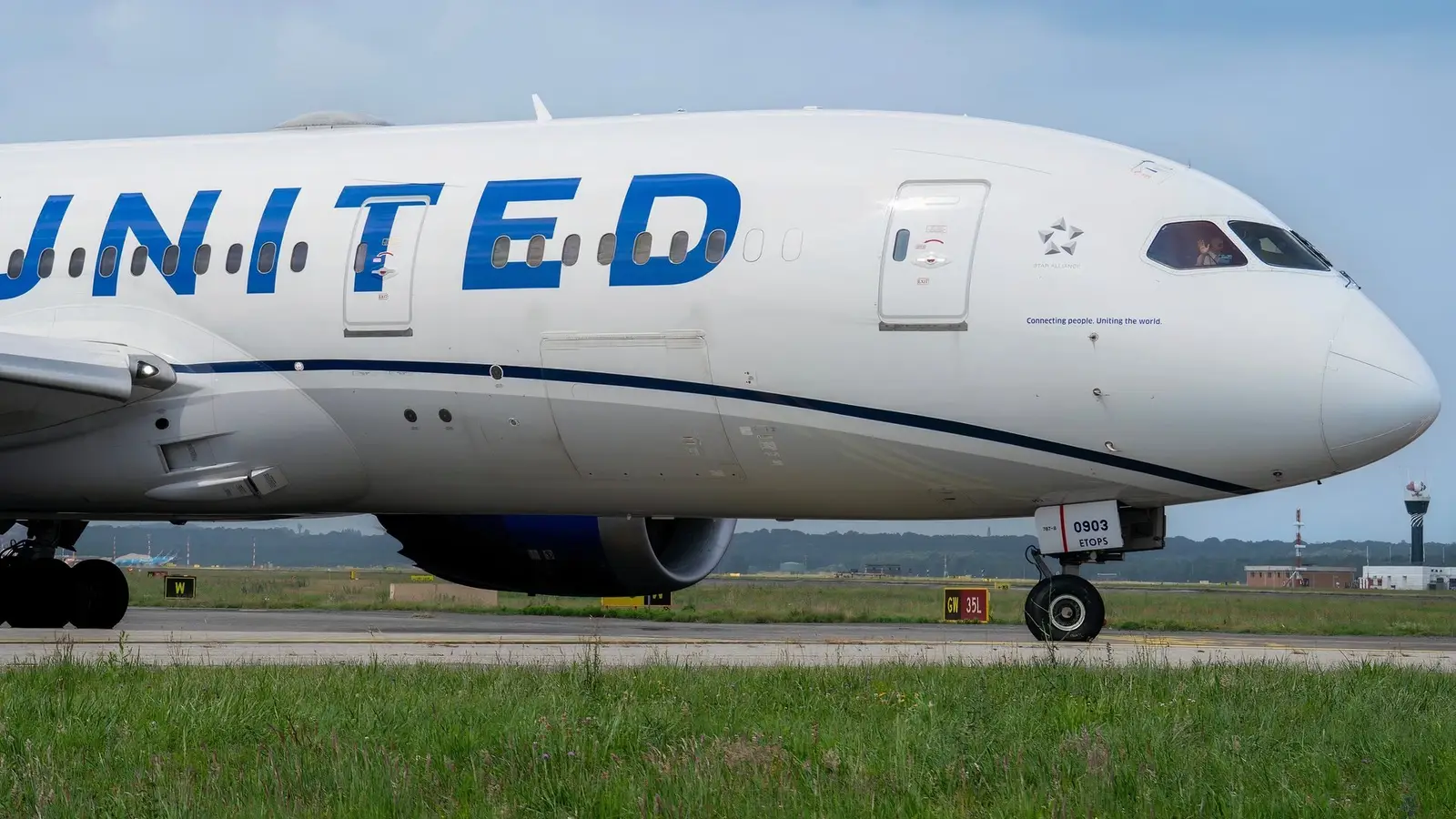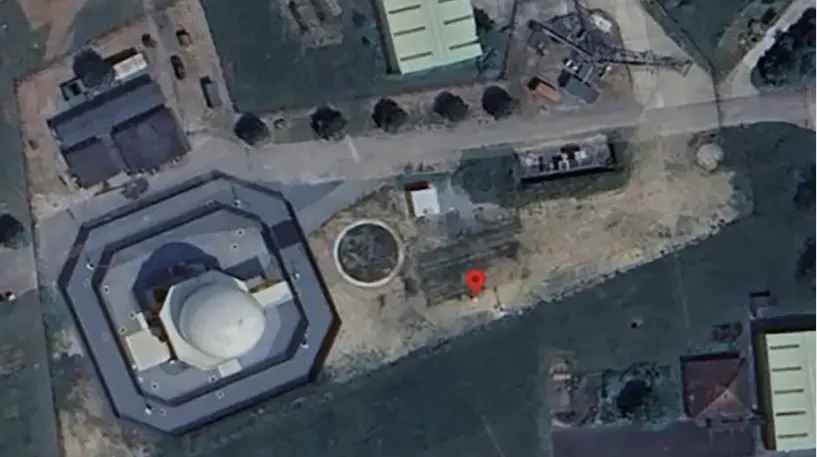
Boeing 787 Dreamliner output has continued to rebound as demand continues to grow for the aircraft, and production capacity additions have been a key objective for Boeing. The manufacturer has a 1,001-unit Boeing 787 backlog with production slots fully sold out until 2030, reflecting a decades-long shortage of widebody aircraft availability as post-pandemic traffic growth forces supply to keep up with rapidly growing demand. Boeing has been quick to expand its site in North Charleston with a $1 billion program, duplicating its final assembly line capabilities and lifting potential output from today’s seven jets per month towards a 10 per month mark in 2026. Target rates of as high as 16 per month are expected by the end of the decade.
We see improved supplier flow as a key catalyst for continued production output growth. Parts availability and certification choke points also appear to be easing (unlike some of Boeing’s other programs, like the 737 MAX and the 777X). Steady rate increases and deliveries should follow if Boeing can continue matching Airbus’ sustained widebody ramp-ups. We analyze the continued growth of Boeing 787 production rates and the factors that have driven these figures upward.
The Boeing 787 Serves A Unique Market Purpose
We see the Boeing 787 as the manufacturer’s choice to replace aging Boeing 767 models and give airlines a new, ultra-fuel-efficient option for long-and-thin routes. The aircraft offered the efficiency of a high-capacity widebody with the lower seat count of a 767. The jet first flew in 2009, and its entry into service followed in 2011 with the Japanese legacy carrier ANA. This program pioneered a largely composite aircraft, a dynamic electric architecture, and next-generation engines. This delivered performance improvements across several categories, most notably fuel burn, maintenance, trip costs, and cost per available seat mile (CASM).
Execution was somewhat uneven, with globalized sourcing, teething challenges, and a 2013 battery grounding leading to delays and large-scale cost overruns. Industrial learning ultimately increased output to 14 per month by the time 2019 came around, before the pandemic forced deep cuts and consolidation of assembly facilities in Charleston in 2021. From a strategic perspective, the Boeing 787’s purpose is to extend point-to-point long-haul economics that allow carriers to serve destinations that would otherwise lack capacity.
The 787-8 is designed for ultra-long, low-density services, while the Boeing 787-9, the bestseller of the family, has effectively grown to serve all kinds of long-haul markets. The Boeing 787-10 sacrifices range to offer a higher capacity, making it better for regional long-haul services. In an environment where widebody supply is tightly constrained, airlines use the platform for fleet renewal and to meet their emissions goals.
The Boeing 787’s Production And Development Timeline
The Boeing 787’s production arc combines an ambitious development plan with a capacity-led rebuild following the pandemic. In 2006, Boeing’s management team pondered a production goal of 16 jets per month, but output eventually peaked at 14 per month in 2018-2019. COVID-19 forced a production retrenchment mainly due to supply-chain bottlenecks, with roughly one-half fewer aircraft per month being produced as Boeing evaluated its quality control picture. The manufacturer had just experienced multiple major crashes, highlighting safety issues in its production process.
The aircraft manufacturer’s rebuild process began gradually. By early 2025, Boeing was producing five 787’s per month, with plans to exit the year at seven, reaching roughly ten per month by 2026. As of the second quarter of 2025, output has stabilized, mostly around seven jets per month, with management expecting 10 per month to be exceeded only if the manufacturer’s Charleston expansion goes as planned. Through June, the backlog for the Boeing 787 still stood above 1,000 units, with production slots already sold out years in advance.
A sustained ramp-up now appears to be in the picture. To unlock higher rates, not only does Boeing need to successfully expand its facility in North Charleston, but it also needs to maintain continued regulatory support. This plan would duplicate the 787’s final assembly line, offering facility space that could potentially enable the 16 per month target post-2028. Achieving these production targets would unquestionably establish the aircraft as the core workhorse of Boeing’s twin-aisle offerings.
What Factors Could Hold Back Boeing’s Success?
Boeing’s path to higher Boeing 787 production rates is exposed to extensive gating risks. For starters, the manufacturer’s supply chain is extremely fragile, with composite materials, avionics, interiors, and seating all remaining as bottleneck threats. Any slippage in terms of delivery cadence or quality will result in much slower production timing. We also see propulsion availability as a factor that could limit the model’s success. The manufacturer’s GEnx engines and Trent 1000 powerplants could also face delivery delays.
Regulatory hurdles also stand in the way. Higher oversight from the Federal Aviation Administration (FAA) in the wake of recent incidents means that rate changes will remain contingent on stable quality metrics. At the same time, certification delays for individual components (even something as small as seating materials) can flow through to final delivery timelines. Execution risks should also not be ignored when it comes to the Charleston expansion, particularly in terms of materials, hiring, and integrating a secondary final assembly line into its network. The probability of ramp curve misses and capital inefficiencies through 2028 is also a factor for consideration.
Exogenous shocks are also a significant risk to consider, with trade and tariff friction, as well as titanium and specialty material availability, and macroeconomic cycles triggering deferrals. Material availability, particularly for materials such as titanium or aluminum, could also hinder Boeing’s production ramp-up plans.
Why Does A Production Ramp-Up Help Boeing?
We see the Boeing 787 as the highest lever Boeing can pull to improve its long-term profit and loss. Converting its 1,000-unit backlog more quickly will help strengthen its unit cost picture, while also accelerating opportunities for future orders. Every time Boeing delivers an aircraft, the point in the process at which it actually receives the majority of payment for the model. Delivering jets faster means more cash flows through into realized earnings quicker.
Higher aircraft throughput increases the company’s supply bases, and it allows Boeing to negotiate better terms with its downstream suppliers while also minimizing the expensive out-of-sequence work, which has historically lowered its margins. Better on-time delivery performance has helped Boeing continue to build regulatory credibility while reinforcing investor confidence, all of which are critical factors for improved stock performance.
We also view delivery timelines as a key factor in improving the sales potential of the 787 program. Objectively, the model is better than its principal competition, the Airbus A330neo, but its significantly delayed timelines have made the model less appealing to operators. Airlines in search of speedier deliveries need a model that is capable of entering service sooner, even if its specifications are slightly less appealing.
How Has The Boeing 787 Sold Over Time
While understanding the purpose that the 787 has served is essential, we see it as critical to evaluate the aircraft’s sales performance over time. 787 sales have come in three different phases, with the initial boom in orders surging to around 370 in 2007, taking cumulative Dreamliner orders beyond 800 within three years of launch, making it the fastest-selling aircraft program of the 2000s.
An adjustment period between 2009 and 2021 saw the global financial crisis slow overall intake, with the 2013 battery-related groundings pausing deliveries and denting customer confidence in Boeing and the manufacturer’s ability to deliver on its commitments. Deliveries did normalize and later peaked in 2018 prior to the pandemic when quality inspections led production chains to slow down significantly, with just 14 aircraft being delivered in 2021, according to Reuters.
A post-COVID recovery and continued growth in the long-haul market, including fleet renewal initiatives and increases in overall emission reduction targets, led to an increase in orders. United Airlines placed a massive order for 100 Boeing 787 jets in December 2022, which we see as setting the tone for dozens of orders that followed. United itself ordered an additional 50 Boeing 787-9 jets in 2023. Other headline orders which followed included an Air India addition of 20 Dreamliners as part of a fleet expansion plan and British Airways placing an order for 32 high-capacity Boeing 787-10s. Qatar Airways later placed a triple-digit Boeing 787 order that further expanded Boeing’s backlogs.
So What Is The Bottom Line?
We see Boeing’s 787 production ramp-up as a key element of the manufacturer’s medium-term cash flow picture. The model has been Boeing’s most consistent source of orders over the past two decades, and it is the linchpin of its commercial offerings today.
With the Boeing 737 MAX facing a whole host of issues and the Boeing 777X still struggling to be certified, it is clear the role that the Boeing 787 plays. If the manufacturer cannot continue to improve delivery timelines, it will struggle to attain the long-term cash flow picture it is currently committed to.
Numerous exogenous factors impact Boeing’s ability to meet its production targets. Regulatory hurdles also stand in the way of the company’s ability to achieve the delivery figures investors are hoping for.



